Ideas about a really portable SDR, part 2
Right away on Saturday morning, I installed the RadioJet software. With WebInstall that was really easy. The Microsoft Surface has no CD-R drive.
After that I got everything ready for the first tests at home: folding table, Microsoft Surface Pro 2, RadioJet 1102S, a cheap USB 2.0 hub, power supply, Megaloop ML200 Antenna etc.
The Megaloop ML200 active antenna was put up approx. 8 meters away from me on the wall of the carport.
![]() The first result of the day was that the power supply of the Surface did not disturb the reception despite its magnetic plug. I scanned the complete range from 20 KHz to 32 MHz and there were spikes, peaks on any other nasty phenomena. I have to keep an eye on that but basically we’re on our right way.
The first result of the day was that the power supply of the Surface did not disturb the reception despite its magnetic plug. I scanned the complete range from 20 KHz to 32 MHz and there were spikes, peaks on any other nasty phenomena. I have to keep an eye on that but basically we’re on our right way.
I received different frequencies, listened to some qsos, recorded them and with the RadioJet decoder I decoded PSK31, RTTY etc. There was nothing to complain about. The noise floor remained low at ca. -120dB.
Some problems occurred when the ELAD FDM – S1 was installed. I loaded the current version of the software and installed it. At first I could not find any drivers. After a long GOOGLE search I found out that ELAD puts the drivers into the program directory. OK, but still the driver could not be installed. After some further online searches, I found out that the FDM – S1 cannot be simply installed under Windows 8.1. You have to turn WINDOWS inside out to deactivate the driver signature. All that took about an hour and 30 minutes. But then it worked fine, even simultaneously with the RadioJet. There was enough power coming from the USB 3.0.
With the ELAD I noticed immediately that the noise level was always about -100 to -90 dB despite interference-free reception and the whole spectrum was somehow trembling. Most of the signals that were received with the RadioJet were also audible on the ELAD, however somewhat noisy.
So you’ll get an idea, I made a video for the first time and admittedly the camera work and my moderation still need some work.
After this test I went into the great outdoors and conducted some tests without external power supplies. I took care that nothing stood in the way and I even chose the highest elevation of Hermannsburg. I took this panoramic photo:

The set up on the hat rack of the VW-Caddy was simple but it worked excellently. The Surface Tablet stood safely with its internal stand. I fastened the RadioJet to the back of a seat with the help of some adhesive strips left over from the Hamradio fair.
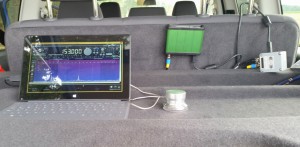
I drove around and had my doubts regarding the installation of the MegaLoop ML200 attached to the tail gate of the car. In the future I am going to attach the antenna with suction Cup hooks so it won’t be directly on the car.
I have got to mention that the Surface 2 Pro worked absolutely flawlessly. I had not expected that. The Surface Tablet beats an Android or IOS tablets by far. Of course, it always depends on what you want to do, but this tablet combines both worlds: desktop and tablet. The price is about 100 € higher but its performance, connectivity and the features that it offers are worth its price. It is super fast, starts under eight seconds, has a great display and there are no limitations to the display of web sites or its general performance. You have the feeling of a tablet and the precision of a mouse at the same time. All programs can be made use of on the road. It’s almost like your PC at home and I do not have to buy outrageous expensive extra hard ware to connect something to it. Simply attach any peripheral equipment and off you go. My test without an external power supply lasted about five hours. I had the screen saver deactivated and the power level showed ‘OK’. When I had finished the first test, the battery still showed 1:44 left. That is a very good value. Only the next day on the desk, the display went dark after two hours and he tablet went to sleep. Battery empty! That really convinced me.
For the next test I will use the GigActiv active antenna (mounted on a spider beam), the FiFi-SDR and the antenna splitter AntennaJet ASM300. As far as the power supply is concerned, there is a small surprise in store. The testing will take place in Buesum. I am also going to test the whole arrangement mounted on a bike.
Keep listening!!
EDIT: Unfourtunetely it was impossible to do Part 3 with the Surface. The Weather was horrable in Buesum. 80 KM/H Wind and rain all the time. I could not place the Antenna somewhere, because it simply flew away. When the Weather starts to be better, the time has come and Microsoft picked up the Surface. So, the Test Ends here for now. But I will take the ML200, Antenna, RadioJet Receiver etc. with me to all the exebition and will receive Signals in the Exhibition halls. Stay tuned.
London Shortwave and I will meet at Newark at the National Hamfest. I am very exited about this.

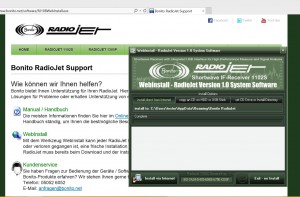
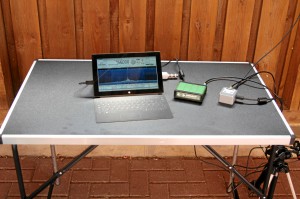
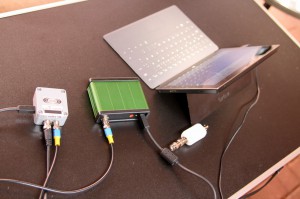
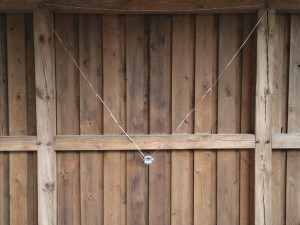
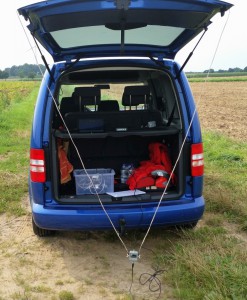
Pingback: Autonomous power supply of our active antennas via USB and power bank. | Bonito Newsroom